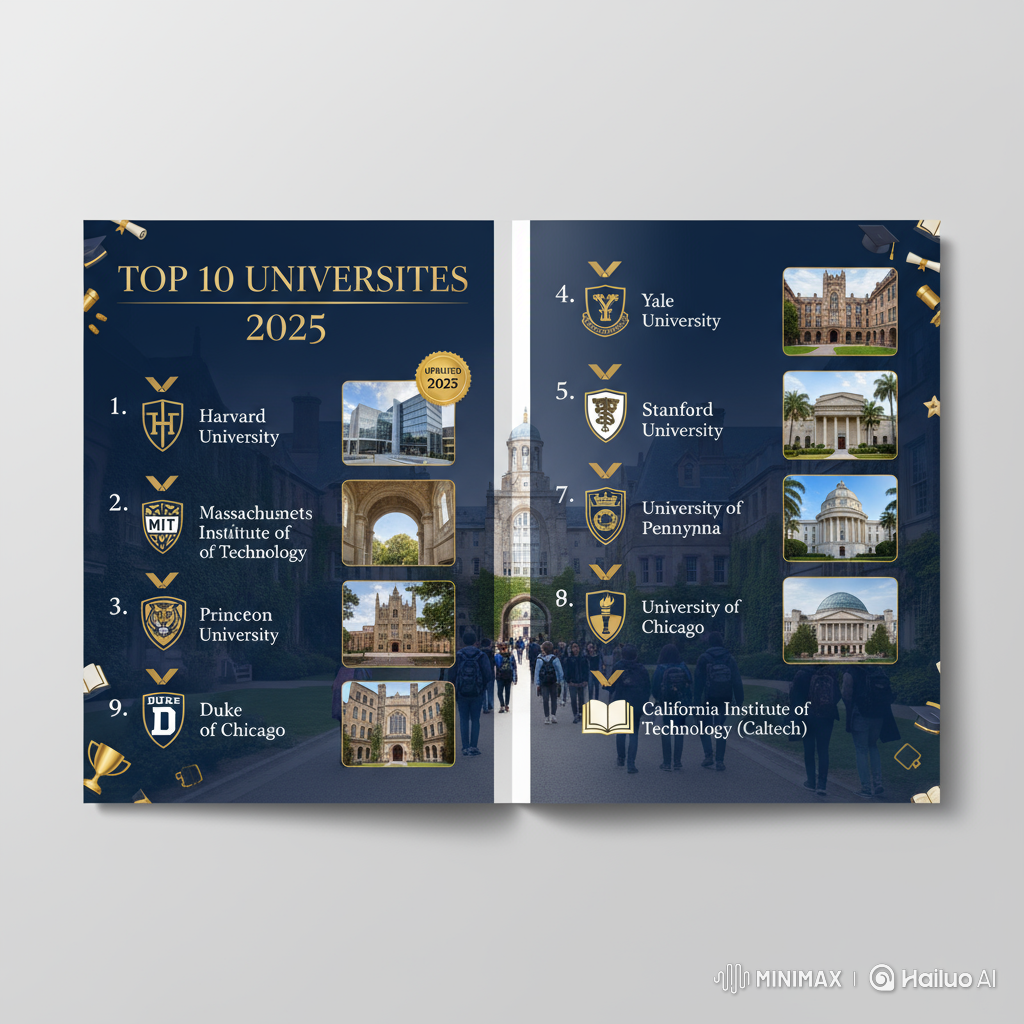Why This Comparison Matters
Both the U.S. and Europe offer world-class education, but the experience differs greatly. Understanding these differences helps international students choose where to study — whether they prioritize flexibility, affordability, or cultural diversity.
Having studied in Spain, I’ve seen firsthand how European universities emphasize theory and tradition, while U.S. institutions focus more on innovation, research, and real-world application.
Academic Structure
| Aspect | U.S. Universities | European Universities |
|---|---|---|
| Duration | 4 years (Bachelor’s) | 3 years (Bachelor’s) |
| Teaching Style | Discussion-based, interactive | Lecture-based, theoretical |
| Grading | Continuous assessment | Final exams weighted heavily |
| Flexibility | Students choose majors/minors | Fixed curriculum |
| Research Access | From first year | Mostly postgraduate level |
In the U.S., students can tailor their studies, even switching majors mid-degree. In Spain, that flexibility is rare but academic depth is strong.
Cost and Financial Aid
Studying in Europe, especially at public universities, is much cheaper than in the U.S. — but American institutions compensate with generous scholarships and assistantships.
During my time in Spain, tuition was affordable but opportunities for research or paid projects were limited. In contrast, U.S. universities often fund students through part-time research roles or internships.
Campus Life
Campus culture is where the U.S. shines. Dorms, sports, clubs, and events make students feel part of a community. European campuses, on the other hand, tend to be more academic and less residential.
I remember being amazed by how American campuses operate like small cities — gyms, theaters, cafés, and even their own police departments.
Teaching and Research Focus
- U.S.: Emphasis on collaboration, innovation, and entrepreneurship.
- Europe: Focus on tradition, methodology, and specialization.
The American model encourages experimentation; professors often integrate startups or field projects into coursework. In Spain, the system is more structured, but students gain strong theoretical foundations.
Career Opportunities
Employability is often higher in the U.S. due to strong industry ties. Universities like Stanford or MIT connect students directly with tech giants and research labs.
In Europe, internships are common but usually short-term and less integrated into the curriculum.
Conclusion
Neither system is “better” — they simply serve different goals. U.S. universities offer innovation and global exposure; European ones provide depth and affordability. From my experience, the perfect education blends both: Europe’s rigor with America’s creativity.
FAQs
Are U.S. degrees more valuable than European ones?
Not necessarily — recognition depends on the field and country.
Which system is easier for international students?
The U.S. offers more structured support services, while Europe offers simpler visa and cost processes.
Can I study part of my degree in both?
Yes, many universities now offer joint or exchange programs.

